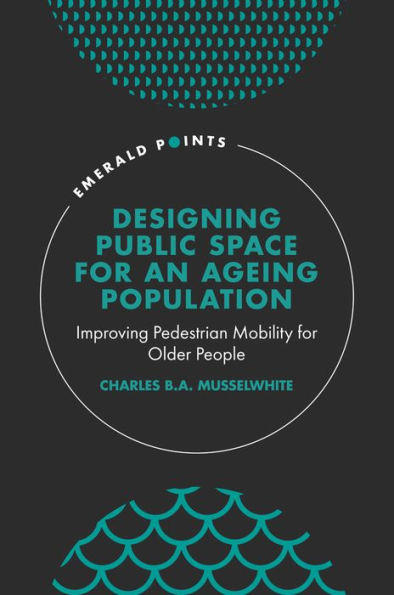- Infrastructure capital, such as technology, services, roads, pavements, finance and economics
- Social capital, for example friends, family, neighbourhood and community
- Cultural capital (norms, expectations, rules, laws)
- Individual capital (skills, abilities, resilience, adaptation and desire and willingness to change)
The book demonstrates that the public realm must be safe and accessible, but also attractive and desirable to an ageing population. The book includes case studies presenting solutions around CABE's objectives of urban design, notably: safe and accessible space including ease of movement; legible space, including adaptability, diversity and choice and; distinctive and aesthetically pleasing space, including character, continuity and quality.
- Infrastructure capital, such as technology, services, roads, pavements, finance and economics
- Social capital, for example friends, family, neighbourhood and community
- Cultural capital (norms, expectations, rules, laws)
- Individual capital (skills, abilities, resilience, adaptation and desire and willingness to change)
The book demonstrates that the public realm must be safe and accessible, but also attractive and desirable to an ageing population. The book includes case studies presenting solutions around CABE's objectives of urban design, notably: safe and accessible space including ease of movement; legible space, including adaptability, diversity and choice and; distinctive and aesthetically pleasing space, including character, continuity and quality.

Designing Public Space for an Ageing Population: Improving Pedestrian Mobility for Older People
120
Designing Public Space for an Ageing Population: Improving Pedestrian Mobility for Older People
120Hardcover

Product Details
| ISBN-13: | 9781839827457 |
|---|---|
| Publisher: | Emerald Publishing Limited |
| Publication date: | 10/19/2021 |
| Series: | Emerald Points |
| Pages: | 120 |
| Product dimensions: | 5.98(w) x 9.02(h) x 0.45(d) |
